Research Article
Weed Biodiversity Studies of a Waste Engine Oil-polluted Soil Exposed at Different Intervals of Natural Attenuation and Substrate Amendment
Department of Plant Biology and Biotechnology, University of Benin, Benin City, Nigeria
Geoffery Obinna Anoliefo
Department of Plant Biology and Biotechnology, University of Benin, Benin City, Nigeria









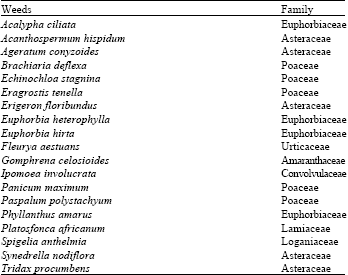




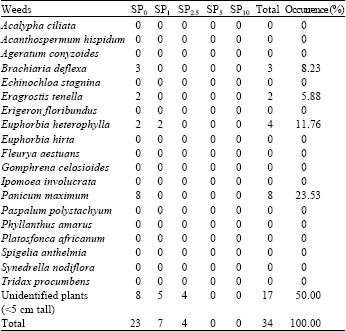
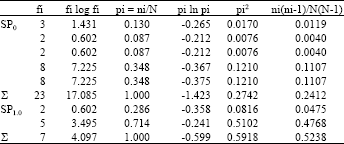
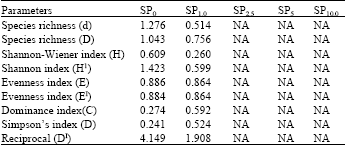
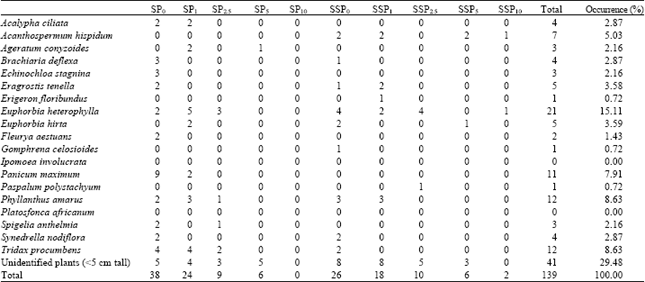
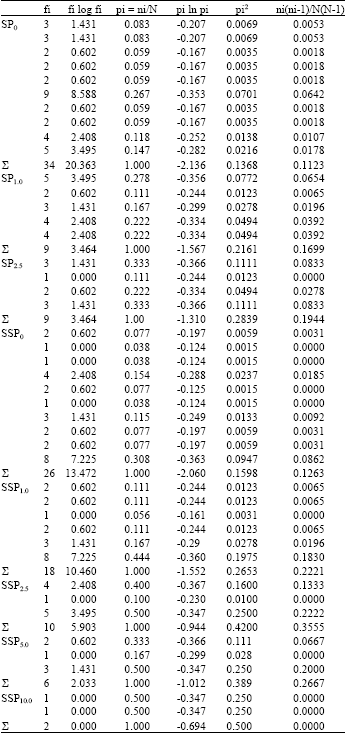

kate Ebhohimen Reply
I found this paper very informational. I think the authors did some justice to the discourse on weed diversity in polluted systems.
B. Ikhajiagbe
thanks
Mensah J.K Reply
this study is important as it tries to identify the role of weeds in natural attenuation while at the same time examining plant biodiversity in a hydrocarbon polluted soil.